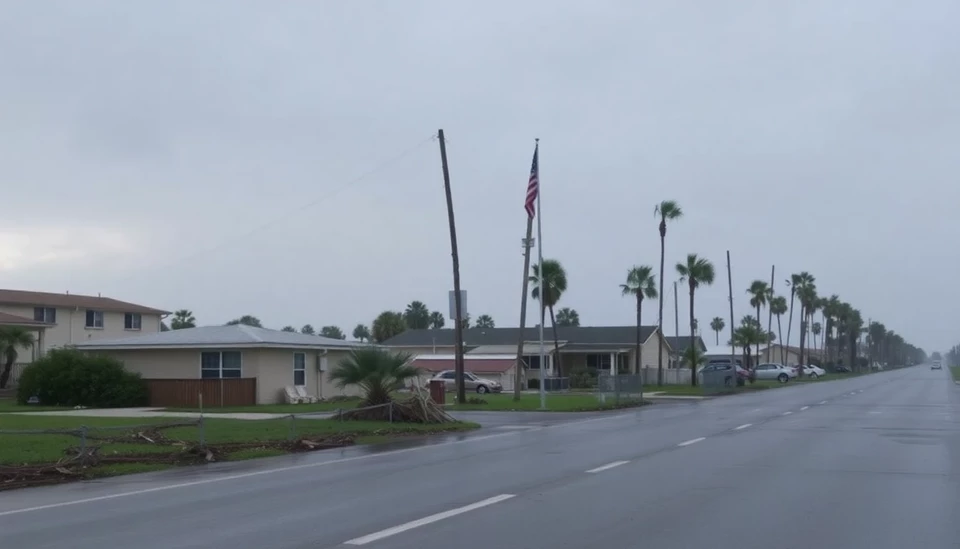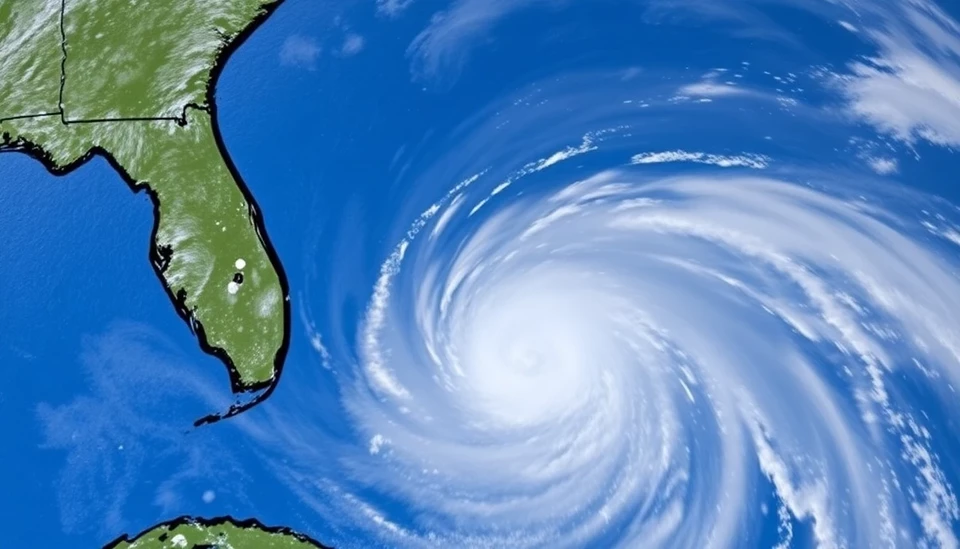
As Hurricane Milton intensifies and approaches the coast, meteorologists and storm experts are addressing a critical aspect of natural disaster classifications: the impact of storm surges, which will not be included in Milton’s official categorization. This decision has sparked discussions among weather authorities and communities along the projected path of the storm.
Hurricane Milton, formed in early October, is expected to reach landfall with significant winds and rainfall. However, officials have clarified that the storm surge—a phenomenon where ocean water levels rise due to the cyclone's forces—will not be classified alongside Milton's hurricane rating. This distinction has raised eyebrows among experts who argue that the potential for flooding and damage from storm surges is substantial and can often exceed the wind damage associated with a hurricane's category.
Storm surges are a crucial factor when considering the overall risk of tropical cyclones. These surges occur when strong winds push water toward the shore, often leading to coastal flooding. Given that Milton's winds are projected to range between 100 and 120 miles per hour, worries among coastal dwellers are high, yet the absence of a storm surge classification might lead to a false sense of security regarding the storm's potential impact.
The National Hurricane Center (NHC) has historically categorized hurricanes based on the Saffir-Simpson Hurricane Wind Scale, focusing primarily on maximum sustained winds. However, the NHC has shifted its approach over time, increasingly recognizing the immense role that storm surge plays in disaster preparedness and response. Nevertheless, this classification remains separate, emphasizing that a comprehensive view of hurricane impacts requires an analysis of multiple factors, including storm surges, rainfall, and overall coastal geography.
Local officials are urging residents in the evacuation zones to heed the warnings, regardless of the lack of a storm surge categorization. Communities along the southeastern coast have begun to implement precautionary measures, such as sandbagging critical infrastructure and issuing evacuation orders in low-lying areas. The risk of flooding remains high, irrespective of how the storm is formally categorized.
Weather officials are also warning that even if Milton does not officially carry a storm surge classification, the effects can still be devastating. They point out that the duration of the impact, the area affected, and the state of local infrastructure greatly influence the eventual damage. Historical data indicate that many of the deadliest storms were marked by severe storm surges that resulted in significant loss of life and property damage, underscoring the necessity of preparing for potential flooding irrespective of hurricane classifications.
As residents prepare for Hurricane Milton's arrival, experts continue to advocate for enhanced public awareness surrounding storm impacts. This situation highlights the critical importance of understanding storm dynamics beyond the hurricane category—focusing on the broader implications of storm surges, rainfall, and overall preparedness in reducing risks.
In conclusion, while Hurricane Milton might be categorized based on its wind speed, the separation of storm surge data emphasizes the need for a more integrated approach to hurricane risk management. It remains essential for residents and local officials to prioritize safety and preparedness, ensuring they are ready for the multifaceted challenges posed by such natural disasters.
#HurricaneMilton #StormSurge #WeatherNews #HurricanePreparedness #NaturalDisasters #CoastalSafety
Author: Peter Collins




